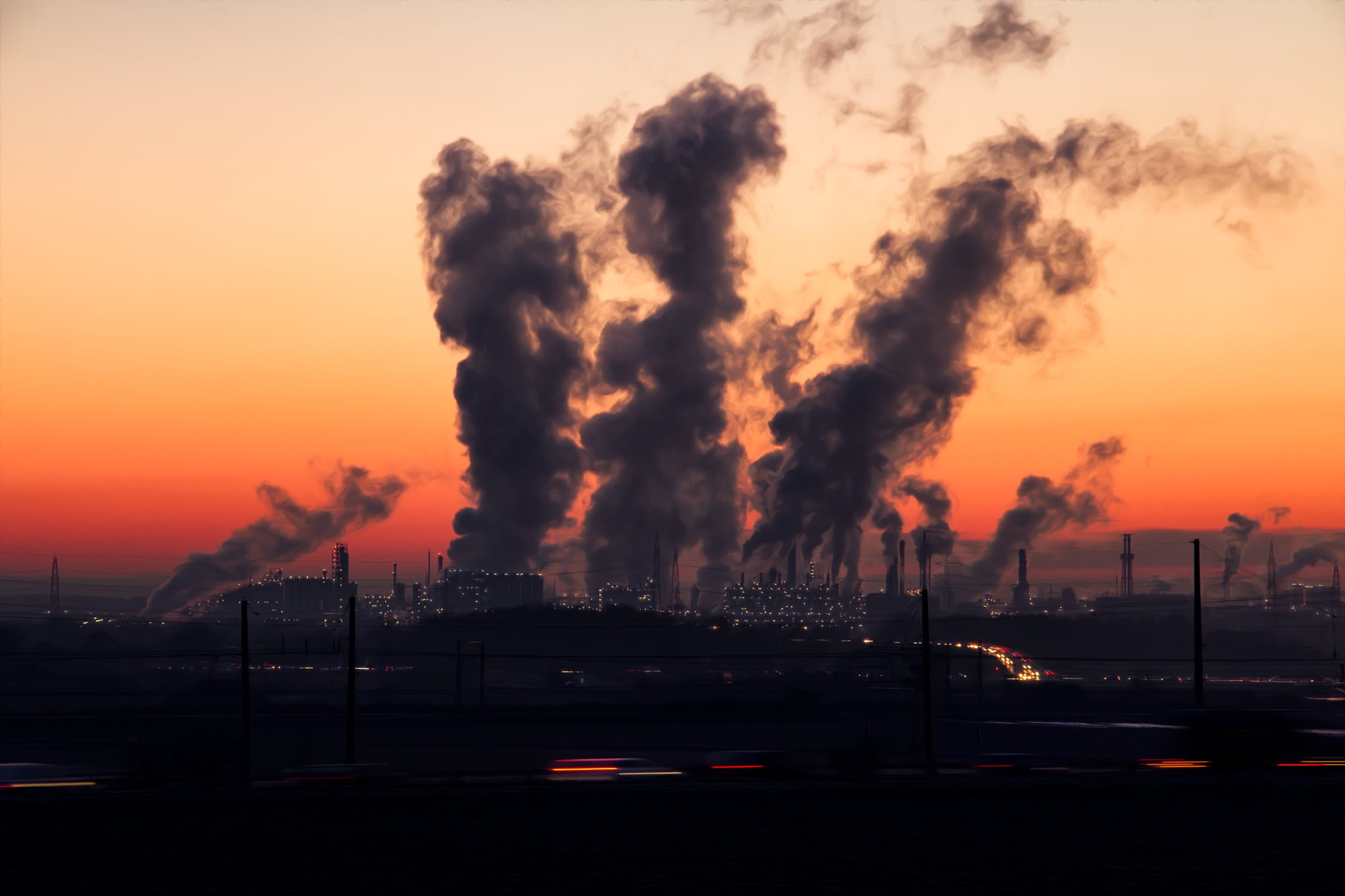Greenpeace maps global sulfur dioxide hotspots in new research

The global environmental organization Greenpeace has analyzed satellite data gathered by NASA which reveals the largest point sources worldwide of sulfur dioxide (SO2), a key pollutant contributing to early deaths and ill-health from air pollution.
World Health Organization (WHO) data “show that ambient air pollution has risen in hundreds of already blighted urban areas across the globe,” writes Sefi Roth in his IZA World of Labor article on air pollution and human capital. “The well-known adverse human health consequences from exposure to elevated levels of pollution have led the WHO to describe the situation as a ‘public health emergency’,” he says.
The Greenpeace report quotes WHO figures that show 4.2 million people die prematurely every year from ambient, outdoor air pollution alongside another 3.2 million as a result of indoor and household air pollution; while 91% of the world’s population live in areas exceeding WHO air quality guidelines.
Coal and oil burning power plants and refineries are responsible for two-thirds of the human-caused SO2 emissions tracked by NASA’s Ozone Monitoring Instrument satellite. Metal smelters are the other major source.
India is the largest emitter—having beaten Russia and China to the top spot—contributing nearly 15% of global SO2 emissions.
Australia, which ranks 12th on Greenpeace’s list, receives a special mention for having no regulations in place to limit SO2 power station emissions, which places its system of pollution regulation far behind countries like China and the US, and the EU.
China, while still in third position, has enforced more stringent emissions regulations for coal combustion and other industrial processes which have decreased its SO2 emissions.
The single worst polluting hotspot is the Norilsk smelter complex in Russia, followed by the Kriel area in Mpumalanga province in South Africa, which is located just 100–200km from South Africa’s most-populated area, Gauteng City.
Olivier Deschenes has written about environmental regulations and labor markets for IZA World of Labor. He says: “Air quality standards generally have negative effects on industry employment, productivity, and worker earnings. But these private costs are small relative to the social benefits of better health outcomes for the population.” He recommends that “[n]ew or stricter environmental regulations that affect labor markets […] include job training, income support, and labor market reintegration programs for workers displaced by the regulations.”
Read more from IZA World of Labor on environmental regulation and labor markets